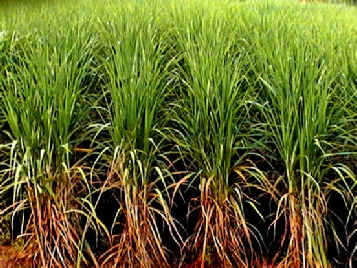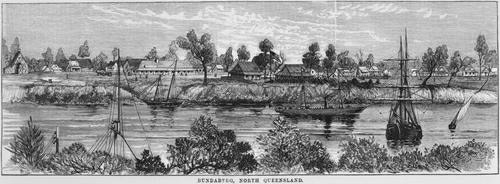opportunity first.
In February and June of 1877, Robert Cran's sons, Robert Jnr and John, returned to
the district. Their objective was to obtain from the local planters a legally binding
guarantee that they would plant the necessary cane to make a refinery viable.
Despite gathering guarantees in excess of 600 hectares of sugar cane, Tooth and
Cran announced in October of 1877 that they had decided against a refinery, leading
to widespread disappointment in the region. Instead, Tooth and Cran considered erecting
a crushing mill and purchasing two 50-ton steamers to transport juice to their Yengarie
plant, near Maryborough. By the following year, Robert Tooth had withdrawn from the
firm, leaving the Yengarie business operated by the new, unincorporated firm, Robert
Cran and Co.
Birth of an Aussie Icon
While the pioneers of Bundaberg where playing with the industries of timber and maize,
elsewhere in the state (primarily in the northern tropics) sugar cane had become
a favourite choice for many farmers. With maize no longer a main focus and the timber
industry no longer sufficient for the survival of the community, it was not long
before many of the local pioneers also turned their hand to crops of sugar cane.
In March of 1875, an invitation was printed in the Bundaberg Star, seeking expressions
of interest for establishment of a refinery to assist Bundaberg with the change
from maize to sugar cane
growing. A number of farmers also approached Robert Tooth and Robert Cran (of the
firm Tooth and Cran) suggesting they establish a refinery similar to the Yengarie
mill that they operated. Robert Cran surveyed the district in April of 1876, coming
away impressed with the rich volcanic soil. An investment such as this required careful
planning. Too early and insufficient cane stock could lead to issues, while too
late and others may take the


